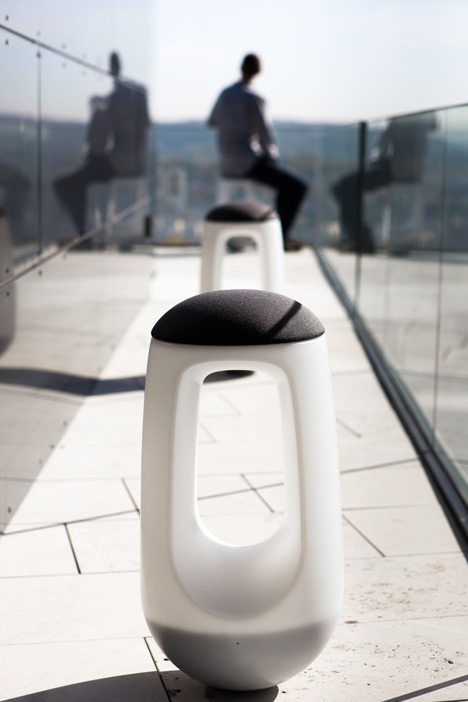
One thing we Americans have in common with our warplanes is that both are getting heavier. Traditional steam-driven catapults are not powerful enough to meet the future's projected needs (unless we drag the pilot's fat ass out of the cockpit and go all-drone, which is probably in the mail). So the U.S. Navy has turned to a more high-tech and powerful way to launch aircraft from a short distance: The EMALS, or Electromagnetic Aircraft Launch System.

In addition to the increased power, a key advantage of an electromagnetic system is that the acceleration can be precisely modulated and fine-tuned, compared to its relatively jerky steam-driven antecedent. That puts less stress on all components involved, not least of which the aircraft itself, and less stress means less maintenance.
Other benefits of the EMALS system is that it's lighter, requires less men to operate, take up less space (you don't need those steam boilers or a nuclear reactor) and could even be installed in an inclined surface. (China uses older Russian aircraft carriers that use ski-jump-like contraptions to launch its planes.) It's also reportedly much more efficient than a steam-driven catapult, which has an absurdly-low efficiency rating of just 5%.
Here's a video of the Navy testing it out in 2010:
Following the successful testing period, the U.S. Navy is reportedly implementing the system into newer ships.
EMALS, by the way, is produced by a company called General Atomics. If their system doesn't impress you and you're a fan of Halo, perhaps this will: they're using the same technology to develop a bad-ass railgun.

Up Next: EMALS gets the attention of a certain commercial airline manufacturer.
(more...)



 This is easily one of my favorite shots from Salone 2012...
This is easily one of my favorite shots from Salone 2012...













































